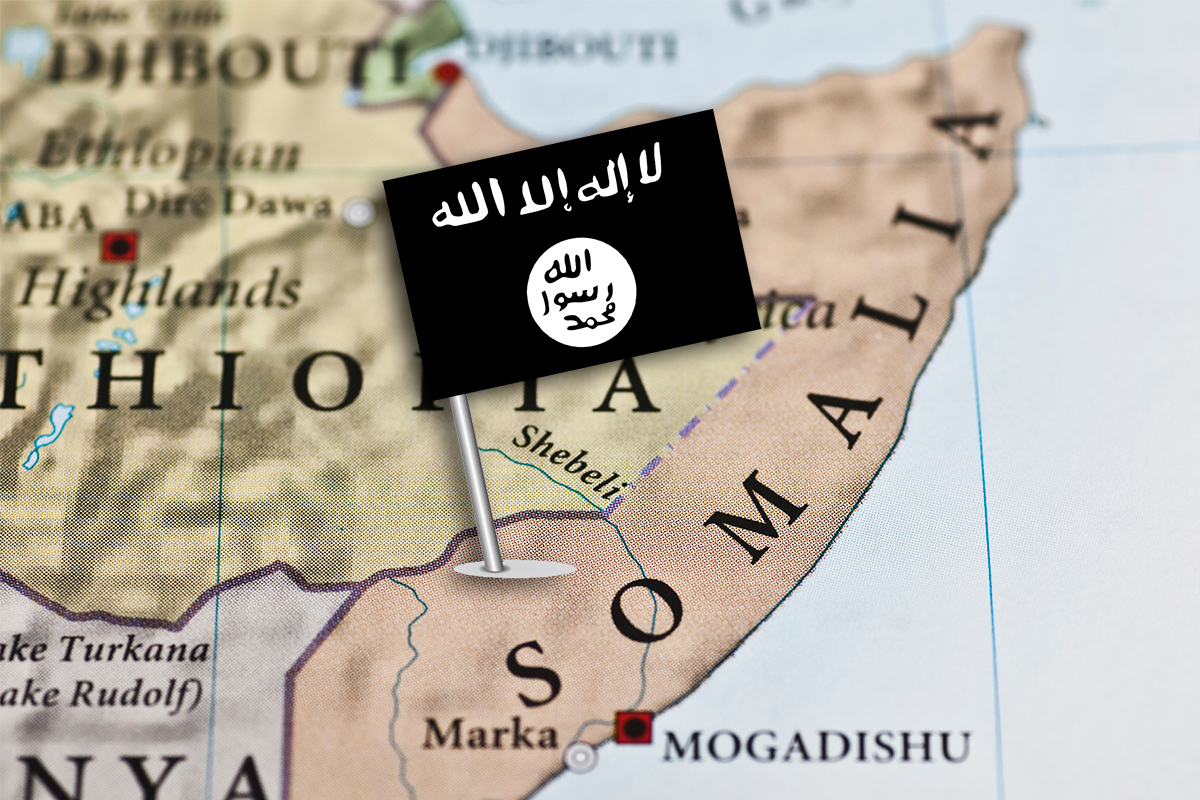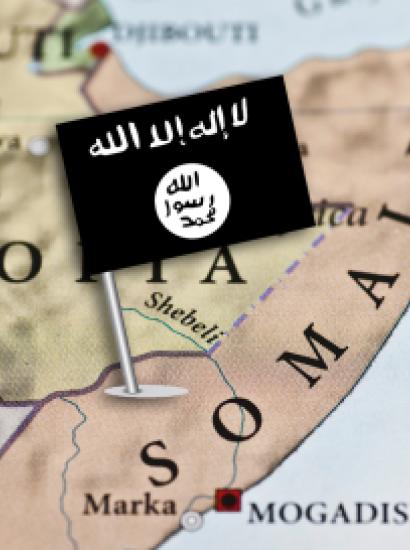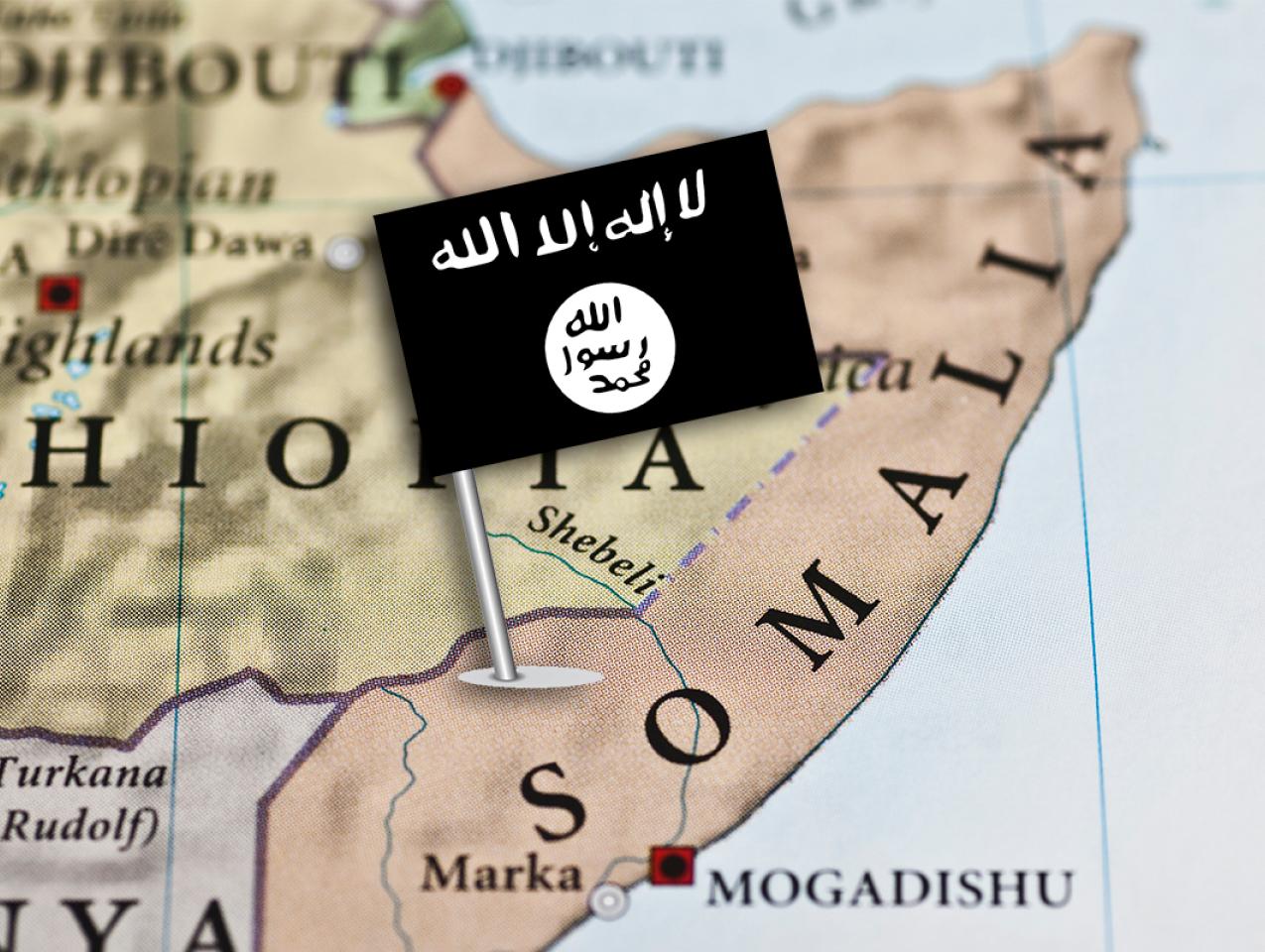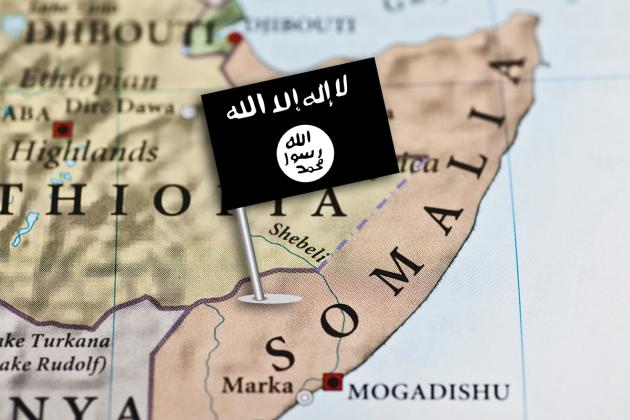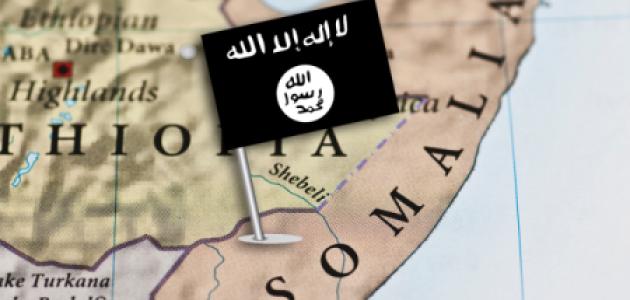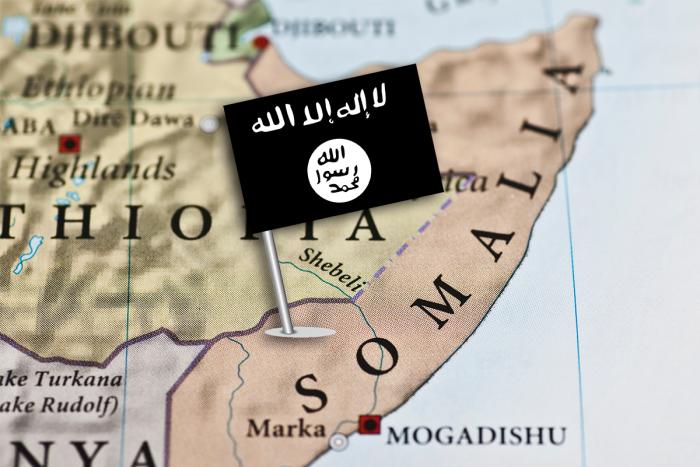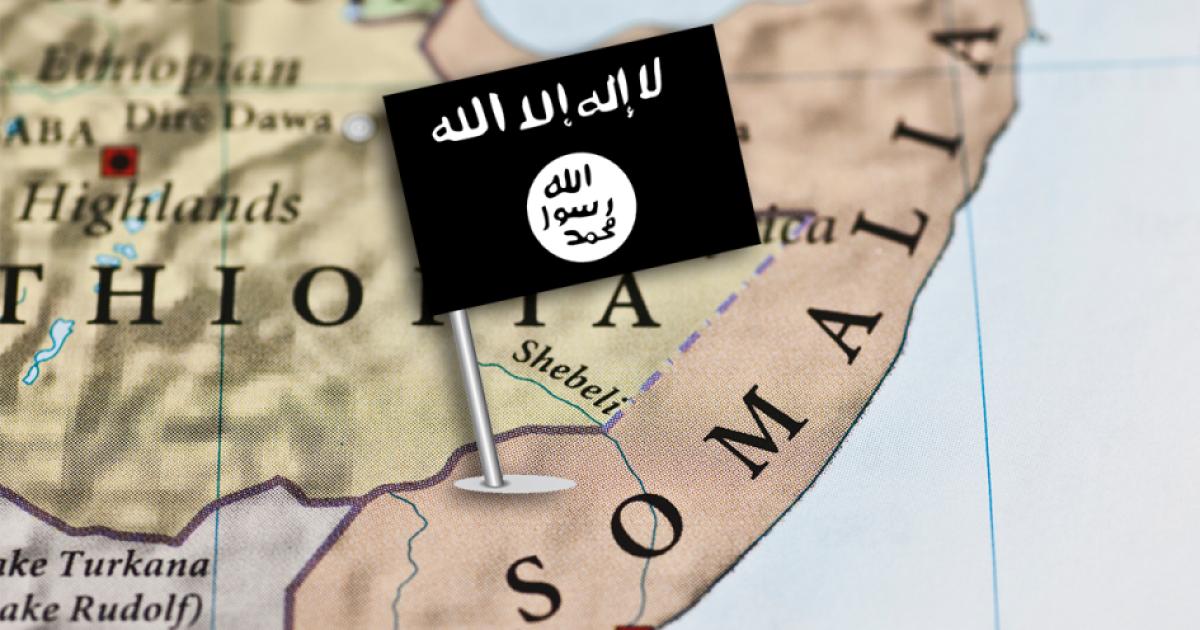Somalia is in a pivotal period of its history, seeking to take on one of al-Qaeda’s most lethal regional affiliates. The country’s federal government, federal member state administrations, and anti-insurgent clan militias, the “Ma’awisley,” have joined forces to attempt to defeat Harakat al-Shabaab al-Mujahideen (Al-Shabaab), which has been waging an insurgency first against the internationally recognized Somali Transitional Federal Government (TFG) and, since 2012, against the Somali Federal Government (SFG). Al-Shabaab is presently one of Al-Qaeda’s most active offshoots and is also one of Africa’s most lethal militant Islamist organizations, accounting for an estimated 37% of militant Islamist activity in Africa in 2022 (a 23% increase from 2021) and killing 6,225 people (a 133% increase from the previous year). Al-Shabaab continues to wage a deadly anti-government insurgency while also operating as a rebel proto-state since 2008. Political infighting within Somalia has worked to its advantage. Competition between Somali politicians, the SFG and federal member state administrations, and between the country’s different clans and sub-clans, has hampered any coordinated effort against the group. Al-Shabaab has therefore been able to capitalize on its adversaries’ infighting and mistakes. The country is currently in a period fraught with dangers, but also with opportunities.
The Current Offensive against Al-Shabaab
In the summer of 2022 in some regions of central Somalia – in particular in the regions of Hiraan, Galguduud, and Middle Shabelle – clan-organized grassroots mobilization resulted in the formation of the “Ma’awisley,” a group of militias opposed to Al-Shabaab’s continued predation and territorial dominance. Insurgent rule had brought forced recruitment, physical abuse of locals, and extensive taxation as well as outright appropriation of locals’ livestock and other valuables in the name of the zakat charity tax required by Islamic law (shariʿa). Armed resistance to Al-Shabaab in these regions is not new (nor is the “Ma’awisley” moniker) – in fact, an earlier group of anti-insurgent Sufi clan-based militia, Ahlu Sunna Waljama, have a long history of battling the group in central Somalia. However, Al-Shabaab has until now been able to contain or quash most challenges to its rule.
The present actions of the Ma’awisley against Al-Shabaab, which are on a larger scale than previous mobilizations, won the backing last year of the SFG administration of President Hassan Sheikh Mohamud and Prime Minister Hamza Abdi Barre. Mohamud previously served as SFG president between 2012-2017, which was also a period of tremendous change in the country, with Al-Shabaab finding itself on the backfoot between 2011-2014 as it faced large-scale offensives against it by the African Union Mission in Somalia (AMISOM), the TFG/SFG, and allied clan militias. In 2015-2016, it therefore attempted to recalibrate.
Since the summer and autumn of 2022, the Somali National Army (SNA) has been engaged alongside Ma’awisley militiamen in retaking a significant amount of territory from Al-Shabaab, which continues to favor tactical withdrawals over fights to the bitter end – Al-Shabaab is not Islamic State in Mosul, 2016-2017 – with the insurgents withdrawing from territory only to return when adversarial forces withdraw or move elsewhere, sometimes launching strategic strikes on key transportation, logistics, and other government locations. The SFG and Ma’awisley have been supported by the African Union Transition Mission in Somalia (ATMIS) and the United States in an advise-and-assist capacity.
The SNA has begun showing signs of progress in its operational capabilities after a long period of being beset with training, logistics, and accountability issues together with the often fractious SFG-member state relationships. The SNA has also benefited significantly from military training provided by the U.S. and Turkey to special commando units, the Danab and Gorgor brigades respectively; Turkey has furthermore trained a special paramilitary unit, the Haramcad. These special units are at the forefront of the SNA’s current offensive against Al-Shabaab alongside allied clan forces, raising the question as to what extent and for how long these units’ limited manpower can be relied on.
A New Media War
In late January of 2023, Al-Shabaab launched a major attack on a Danab base in Galcad in the Galguduud region, which the SFG said it repulsed. A senior Danab commander, Major Hassan Turre, was killed in the attack. Al-Shabaab, in contrast to the SFG, claimed to have temporarily captured the base and released, within a day of the attack, high-resolution photographs purporting to show its fighters inside the base and, two months later, a highly polished propaganda film with extensive footage of its attack on the base. This pattern of claim-and-counterclaim between the SFG and Al-Shabaab continues, constituting a regular feature of their tit-for-tat media operations war. Al-Shabaab has conducted similar media campaigns against other adversaries in the past, including AMISOM and ATMIS as well as in Kenya – most notably regarding the January 2016 attack on the Kenya Defence Forces (KDF) base at El-Adde and the January 2017 attack on the KDF base in Kulbiyow – and in Ethiopia following large scale insurgent incursions across the Somali-Ethiopian border in July 2022.
Under the new SFG administration, however, Al-Shabaab is facing a much more aggressive media operations campaign. It shows the likely influence of Mukhtar “Abu Mansur” Robow, a founding Al-Shabaab member who fully defected in August 2017 and is now the SFG’s minister of religious affairs. Drawing upon the deep-seated fear and loathing among generations of Muslims for a sect of militant puritans (or extremists, depending on one’s point of view) from Islam’s classical period between the seventh and tenth centuries, the SFG has put to use the label of “Khawarij” (Kharijites) in referring to Al-Shabaab. The use of the “Kharijite” label is not new and has been deployed in the past in Egypt and against both Al-Qaeda and Islamic State (ISIS/ISIL). Members of the press have also been arbitrarily arrested and censored, leading to protests by Somali journalists. The usefulness of the “Kharijite” label continues to be the subject of debate amongst practitioners, policymakers, and academics and is reminiscent of the previous debate over whether or not to call the Islamic State organization by its chosen name or by “Daesh.” The term “Kharijite” (Arabic plural: “Khawarij”) is meant to tie contemporary violent extremists with a much reviled sect from classical Islamic history, the Kharijites, though the accuracy of the comparison remains debated both in regards to its usefulness and its historical accuracy.
Insurgent Resilience: The Many Lives of Al-Shabaab
The Ma’awisley mobilization and the SFG-Ma’awisley offensive caught Al-Shabaab off guard and have thus far achieved significant territorial gains by driving insurgent forces back or at least forcing them to make tactical withdrawals. The SFG at present says that it is preparing a “phase two” of counterinsurgency operations, following what it sees as the successful completion of “phase one.” Whether the first phase is complete is a subject of debate, in large part because, first, the gains in phase one have not been consolidated and second, because Al-Shabaab remains a potent force on the battlefield. It has the advantage in asymmetric warfare and the use of terrorism, arms trafficking, and in the governance sphere, particularly in revenue extraction of an estimated $100-150 million a year as well as safeguarding and reinvesting monies collected during “boon” periods to fund its operations during “bust” periods.
There is also a danger that the real opportunities that presently exist for the state will lead to overconfidence, a tendency to mistake lofty and well-meaning rhetoric for actual action, and a failure to fully consolidate stabilization efforts in newly recaptured territories. Al-Shabaab’s defeat, division, and demise have been predicted multiple times over the past decade-and-a-half, yet the group has proven resilient in the face of high battlefield casualties, leadership division and infighting, defections, and the rise of Islamic State and its sympathizers in the Horn of Africa, including within its own ranks. Between 2011 and 2014/15, Al-Shabaab suffered major territorial and battlefield losses – including most of the major urban areas it controlled between 2009-2011, such as large parts of Mogadishu, Baidoa, Marka (Merca), Kismaayo, and Baraawe. It suffered as well as from the loss of leadership with the September 2014 killing of its amir, Ahmed Godane, and major internal divisions that led to the detainment and killing of two senior founding group members, Ibrahim al-Afghani and Mu'alim (Macalin) Burhan, and its most famous foreign fighter, the American Omar Hammami. Yet, the organization has proven to be extremely resilient as well as flexible in its approach to strategy, operations, and command-and-control when under pressure.
Al-Shabaab’s defeat requires the undermining of its narratives and ability to claim a kind of quasi “legitimacy” through action, such as implementing a form of governance that at least some locals see as being useful or beneficial. In order to achieve this, the SFG needs to continue building, solidifying, and consolidating fully its governance capabilities and capacity in order not only to liberate territory but then also to convince the majority of locals that it is both capable of serving and protecting them and is also there to stay. This expansion of sustained government capacity and capability will become all the more vital after the full withdrawal of ATMIS, currently scheduled for the end of December 2024, though phased drawdowns are scheduled to begin, after a December 2022 extension, in June 2023, despite concerns about the “slow progress in meeting [UN Security Council] mandate [for ATMIS] objectives over the past year [2022].” This will require coordination and cooperation between the SFG and the federal member states. At present, there are growing tensions over elections between the SFG and Puntland administration and major fighting in the town of Lasanod (Las Anood) between local residents and forces of the self-declared republic of Somaliland.
Conclusion
Undermining and ultimately defeating the organization depends not only on pushing it back territorially on the battlefield but also on undermining its ability to continue operating and portraying itself as a capable governing body. This is how, for over a decade-and-a-half, Al-Shabaab has been able to portray itself as a legitimate territorial governing power. The insurgent group does not need full-throated, wholehearted endorsement by the civilians over whom it rules; it only needs continued acquiescence to insurgent control to the minimum point necessary where locals, and particularly other local power structures like clans and sub-clans, do not take up arms in revolt, as the Ma’awisley clan militias have done in central Somalia. Insurgent leaders and administrators have time and again shown themselves to be adept at playing the clan politics game, politicking with local clans less interested in joining with the SFG and convincing or pressuring them to sign agreements with the group. Al-Shabaab is also well practiced in portraying itself as “defending” Somalia against foreign interventions and it remains to be seen whether the group will be successful in its ratcheting up of this type of quasi-nationalist rhetoric with the scheduled arrival of non-ATMIS troops from neighboring countries including Ethiopia.
The second phase of SFG-led counterinsurgency operations will be key. In coordination with the Jubaland state administration and its forces, it must put pressure on Al-Shabaab’s longtime base of operations in southern Somalia’s Lower and Middle Juba and parts of the Gedo regions. The insurgents’ continued ability to rely on southern Somalia as a safe haven has enabled it to shift forces northward to central Somalia to carry out counterattacks on SFG and Ma’awisley forces there.
The ultimate defeat of the organization and the complete undermining and eventual eradication of “Shabaab-ism” will require the SFG and federal state administrations to step in to fill the gaps left by years of insurgent rule and other socio-political and economic unrest. This will require substantial improvements to the SFG’s governance capacity and capabilities in multiple spheres in order to uproot Al-Shabaab’s influence and infiltration of multiple sectors of Somali society and local communities. It must provide for justice, “law and order,” social services, and education, and take the lead in ensuring its own national security by meeting a series of benchmarks in order to prevent the insurgent group’s resurrection or the coalescing of a new, ideologically similar organization.
Author Biography & Disclaimer
Christopher Anzalone is a research assistant professor with Middle East Studies and the Krulak Center for Innovation & Future Warfare at Marine Corps University in Quantico, Virginia. He was previously a research fellow with the International Security Program at Belfer Center for Science and International Affairs at Harvard University and a postdoctoral scholar at George Mason University’s Center for Global Islamic Studies.
The views expressed here do not represent those of the Marine Corps University, the Marine Corps, the Department of the Navy, the Department of Defense, or any part of the U.S. government.







